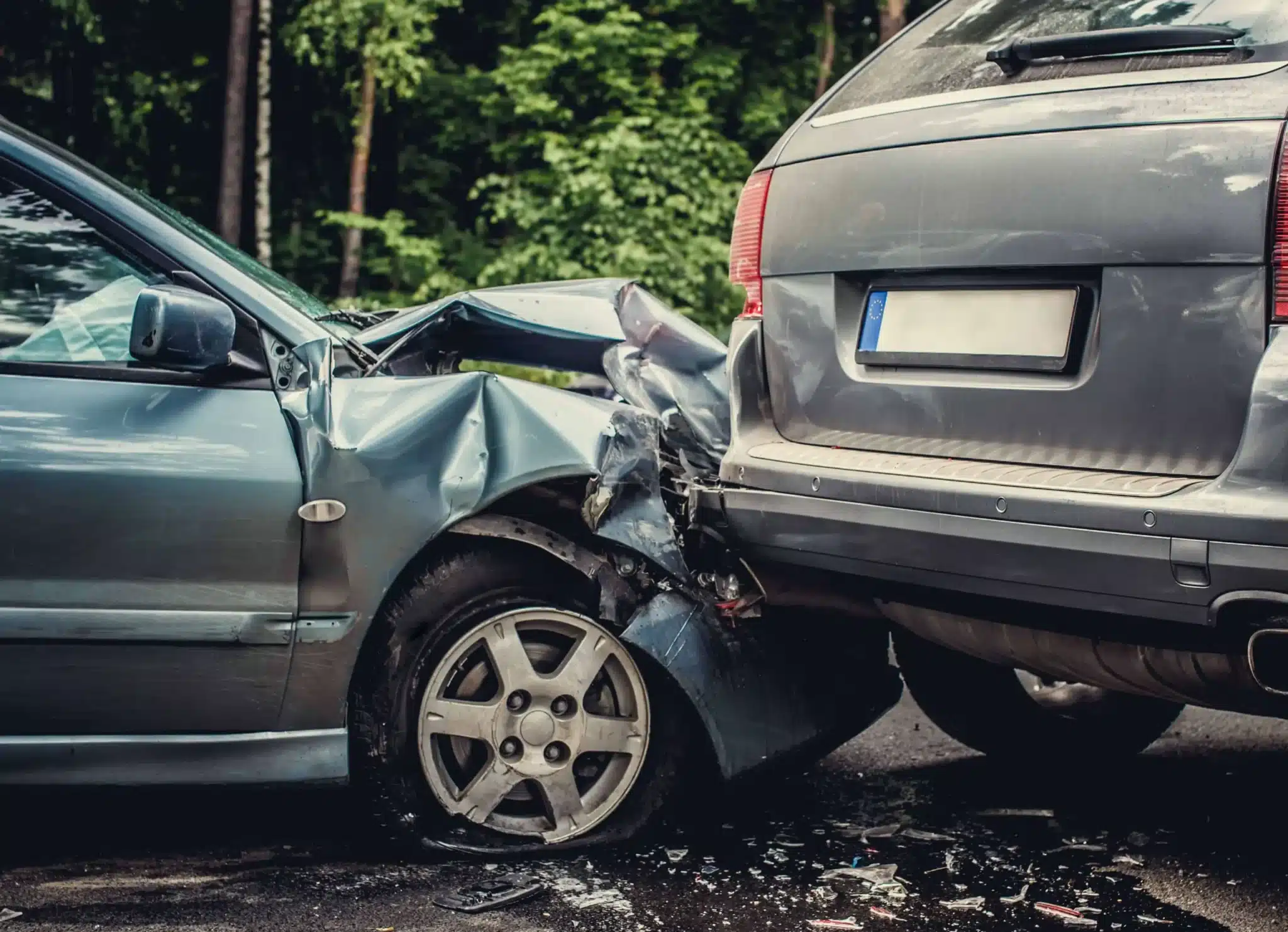
Experiencing a car accident can be a tumultuous journey, leaving you feeling overwhelmed and uncertain about the steps to take immediately following the event. It’s essential to understand that the actions you take in the aftermath can significantly impact your health, legal rights, and financial future. This guide aims to navigate you through the crucial steps to ensure you’re well-protected on all fronts.

Assessing and Responding to Injuries
The moments following a car accident are critical, especially when it comes to assessing and responding to any injuries sustained. Your health and the health of others involved should be your top priority. Check yourself and others for injuries; if anyone is hurt, dial 911 immediately to get medical help on the scene as soon as possible. Remember, some injuries may not be immediately apparent due to the adrenaline rush you experience after an accident, so it’s crucial to seek medical attention even if you feel fine.
Securing Your Safety and Others on the Scene
Once you’ve assessed injuries, the next step is to secure your safety and that of others involved in the accident. If the cars are in a dangerous position and can be moved, try to get them to the side of the road to avoid causing further accidents or traffic congestion. If moving the vehicles isn’t possible, turn on your hazard lights to alert other drivers and get to a safe location. Remember, your safety comes first; vehicle and property damage can be addressed later.
Understanding the Importance of Police Involvement
Many people are unsure about when to involve the police following an accident. However, calling the police to the scene is a crucial step, regardless of the accident’s severity. A police report can be a valuable document when dealing with insurance companies or if legal action becomes necessary. The report will contain an unbiased third-party account of the accident, which can help establish fault and provide a detailed record of the event.
Documenting the Scene: A Comprehensive Guide
Documenting the accident scene is a step that should not be overlooked. Use your smartphone or camera to take pictures of the vehicles involved, any visible damages, the overall accident scene, and any injuries sustained. Exchange information with the other driver, including names, addresses, driver’s license numbers, license plate numbers, and insurance details. If there are witnesses, ask for their contact information as well. This documentation will be invaluable during the insurance claim process and any legal proceedings.
Communicating Wisely: What to Say and What Not to Say
In the immediate aftermath of an accident, it’s natural to feel a mix of emotions, but it’s crucial to watch what you say at the scene. Avoid admitting fault or making statements that could be interpreted as an admission of liability, as these can complicate your claim and potentially affect the outcome of any legal proceedings. Simply exchange information and allow law enforcement and insurance companies to determine fault based on the evidence and their investigations.
Engaging with Your Insurance: A Strategic Approach
Notifying your insurance company of the accident as soon as possible is an essential step in the process. When you call, provide them with all the information you’ve gathered, including the police report number. Be honest and factual about the incident, but avoid speculating about fault. Your insurance company will guide you through their claims process, which may include sending an adjuster to assess the damage and determine the compensation you’re entitled to.
Navigating the aftermath of a car accident can be challenging, but taking these steps can help protect your health, legal rights, and financial future. It’s important to act promptly and thoughtfully, from assessing injuries and securing safety to documenting the scene and wisely communicating with all parties involved. Engaging with your insurance company strategically and understanding the importance of police involvement are also key components of a successful post-accident process. By following this guide, you can ensure that you’re well-prepared to handle the complexities that follow a car accident.




